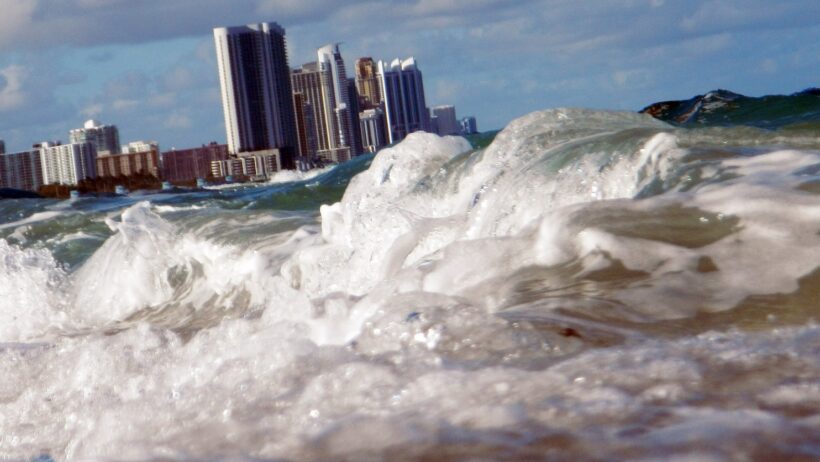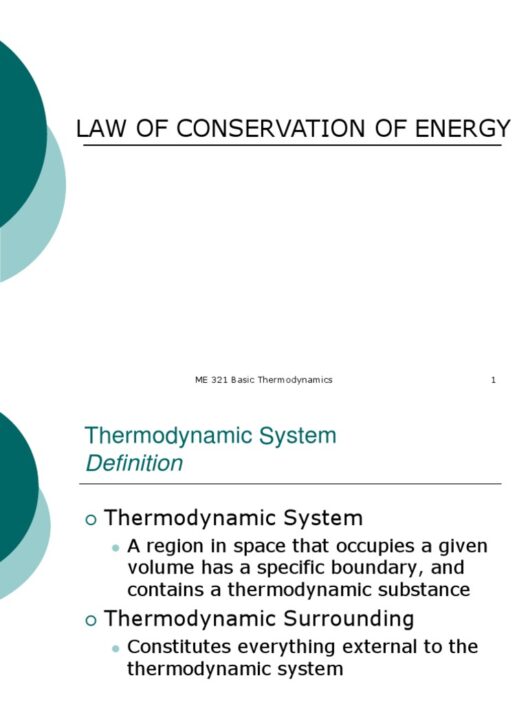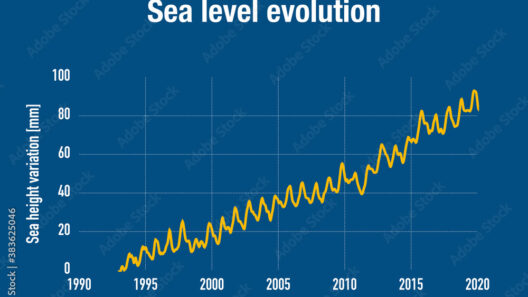Global warming has emerged as one of the most formidable challenges of our time, ushering in a cacophony of environmental changes. Among its myriad impacts, rising sea levels pose a particularly daunting threat to coastal communities and ecosystems, catalyzing shifts in policy, urban planning, and environmental stewardship. To comprehend the intricacies connecting global temperature increases to the elevation of sea levels, it is essential to dissect the underlying mechanisms at play.
The Nexus Between Temperature and Ocean Levels
Understanding the correlation between rising global temperatures and sea level rise necessitates a focused examination of two primary phenomena: thermal expansion of seawater and the melting of ice sheets and glaciers. The first mechanism hinges on the principle of thermal expansion; when water heats up, it occupies more volume. This seemingly innocuous occurrence becomes critical in the context of vast oceans absorbing excess heat from global warming. Studies reveal that oceans have absorbed over 90% of the planet’s excess heat, leading to significant thermal expansion. As temperatures increase, the additional volume contributes to rising sea levels, exacerbating the displacement of coastal habitats and human settlements.
The intricate ballet of thermal dynamics illustrates how a seemingly small increase in temperature can yield profound consequences. For instance, a mere increase of 1°C can lead to a substantial increase in global sea levels, underscoring the urgency with which we must address global warming.
Melting Ice: The Cascading Consequences
While thermal expansion is pivotal, the alarming reduction of polar ice sheets and glaciers plays an equally critical role in rising sea levels. Located in Greenland and Antarctica, these colossal ice reserves hold enough water to dramatically reshape coastlines if they were to melt entirely. The current reality is none too comforting; these glaciers are melting at an accelerated pace due to rising global temperatures.
Studies indicate that Greenland’s ice sheet is currently shedding ice at an annual rate of around 280 billion tons, while Antarctica is melting at an alarming rate of approximately 150 billion tons per year. This rate of loss has more than tripled since the 1990s. As these ice masses collapse and thaw, the resultant water flows into the ocean, augmenting sea levels. The process is not linear but instead resembles a runaway train, with feedback loops amplifying the initial warming, thereby accelerating the melting process.
Furthermore, the melting of smaller glaciers across the globe should not be dismissed. While they may not harbor the same astronomical volumes of water as the polar ice sheets, small glaciers—like those found in the Himalayas and the Andes—affect regional water supplies and contribute to rising sea levels overall. The cumulative impact of these melting ice bodies signifies a pronounced and pervasive threat.
Implications for Human Habitats and Ecosystems
The consequences of rising sea levels extend beyond a mere scientific quandary; they manifest in tangible alterations that affect millions of lives. Coastal cities are on the frontline of these changes, with some estimates suggesting that nearly 1.9 million U.S. homes could be submerged due to rising sea levels by the year 2100 if current trends persist. Beyond economics, the sociocultural fabric of these communities is woven intricately with their landscapes. Displacement not only threatens property but also heritage, identity, and ways of life.
Moreover, the ecological ramifications are equally severe. Coastal ecosystems, such as mangroves and wetlands, play a critical role in biodiversity and act as natural buffers against storm surge. As sea levels encroach upon these habitats, their capacity to absorb floodwaters diminishes, leading to accelerated erosion, loss of biodiversity, and disrupted ecosystems. This decline can reverberate across the entire food web, further exacerbating human dependency on these fragile environments.
The Call for Action: Mitigation and Adaptation Strategies
Fortunately, recognizing the profound implications of rising sea levels also opens avenues for action. Mitigation strategies, such as reducing greenhouse gas emissions, can temper global warming and subsequently slow the rates of thermal expansion and ice melt. Transitioning to renewable energy sources, enhancing energy efficiency, and promoting sustainable land-use practices are imperative in this context.
Moreover, adaptation strategies must be employed to protect vulnerable communities. These may include constructing sea walls, restoring natural barriers like wetlands, and implementing managed retreat in the most at-risk areas. Policymakers and scientists must collaborate to devise solutions that honor the delicate balance of human needs and environmental realities. Education and community engagement play a pivotal role in fostering a collective sense of responsibility toward safeguarding coastal environments.
In Closing: A Shared Responsibility
The impacts of global warming and rising sea levels necessitate a profound shift in perspective. As societies continue to grapple with these interlinked phenomena, the imperative for informed action becomes clearer. Every increment of warming carries consequences that ripple through ecosystems and human life alike. The onus is upon us to investigate, comprehend, and address these changes. In doing so, we not only protect the coastlines of today but also steward the health of our planet for generations to come.








